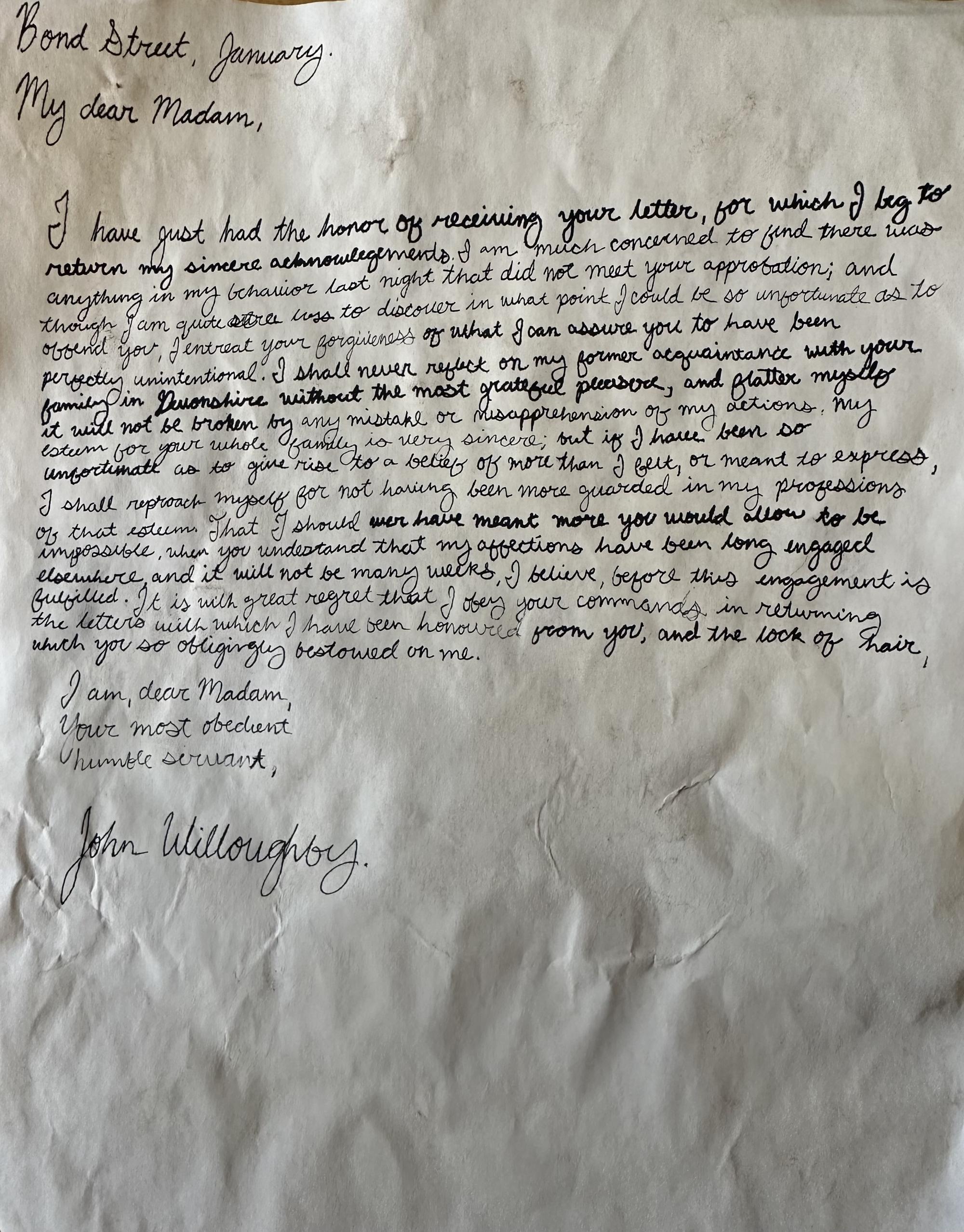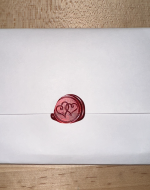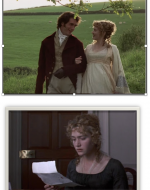Created by Hannah Taylor on Thu, 11/16/2023 - 11:32
Description:
This exhibit shows a recreation of a letter from Jane Austen's Sense and Sensibility (1811). In this letter, Willoughby tells Marianne Dashwood that he no longer wishes to be romantically involved with her. He writes that he did not mean to make her believe that he loved her and that he is sorry for leading her on in their relationship. Letter writing in the Regency period followed different rules than today. Marianne would have had to pay to receive this letter. Had Willoughby's letter been longer, Marianne would have to pay per page upon reception and likely could not afford to accept it. As far as general conduct goes, it was frowned upon for a man and a woman to correspond without an engagement. Had anyone found out about Willoughby and Marianne's postal communication, it might have been a scandal. This case serves to show how Jane Austen represents the imperfect male figure, or the cad. "Imperfect," in this sense, refers to men who depart from social rules and decorum. Throughout Austen's work, several male figures behave dishonestly and carelessly. Mr. Willoughby might be one of the most egregious examples, as can be seen in the disrespectfulness in his letter to Marianne.
Willoughby's Letter to Marianne, in Sense and Sensibility (1811) by Jane Austen, crafted by Hannah Taylor, 2023. The contents of the letter are in stark contrast to Willoughby's character in the onset of the novel. Throughout the course of the novel, Willoughby shifts from being Marianne's knight, saving her from her ankle injury and wanting to gift her a horse, into being her reason for heartbreak. His letter has moments where he gaslights her into believing that he never intended for them to be together, even though he has been acting romantically toward her. Furthermore, Marianne risks scandal by corresponding with Willoughby because they are not engaged. This risk adds to the direness of the situation. This letter represents a theme in Austen's work of the imperfect male figure. In Sense and Sensibility, Willoughby sways Marianne into believing his status means he has class. Marianne becomes excited at the prospect of marrying a respected gentleman with prospects. However, Willoughby has a dark side, and he unapologetically leads Marianne on. Austen uses this letter as a way to show readers that allegedly "respectable" men are not all gentlemen and that they can emotionally damage their prospected romantic partners. We see a similar concept in Pride and Prejudice with Mr. Darcy and Elizabeth Bennet and in Emma with Mr. Elton and Harriet Smith.
Recreation of Willoughby's Letter to Marianne, in Sense and Sensibility (1811) by Jane Austen, crafted by Hannah Taylor, 2023. I copied this letter from Willoughby to Marianne by using an ink dip pen, just as John Willoughby would have used in his composition to Marianne. I had not been required to write in cursive since elementary school, so I had to practice writing the cursive alphabet several times before attempting the letter. It took some practice to be able to comfortably hold and use the pen, especially with my left hand. I had to hold my palm up to make sure that the ink would not smudge. Letter writing in the Regency period took practice and patience. Once the letter was complete, it would have been folded and sealed with wax.
Sealed and Folded Recreation of Willoughby's Letter to Marianne in Sense and Sensibility (1811) by Jane Austen, crafted by Hannah Taylor, 2023. Here, I folded the letter Regency-style and used a wax seal to keep it together. There was a special way to fold the letters, so they did not come undone and had an envelope effect. In the Regency period, people used wax seals rather than the gum seals we have on envelopes today. The sending of this letter through the mail to Marianne would have been a great scandal. In order to avoid this, Mr. WIlloughby could have given the letter to Marianne by hand and would not have sealed it. However, because he does not respect her, as can be seen by the contents of the letter, Mr. Willoughby does not care to maintain the appearance of propriety. In contrast, Mr. Darcy in Pride and Prejudice respects Elizabeth Bennet, so he does take the extra step to hand her the letter personally. Knowing the ettiquette of the era and the actions of other Austen characters, we can see that Willoughby acts carelessly and disrespectfully toward Marianne. In this way, not only does he act as the imperfect male figure by leading her on, but he does so by not caring for her reputation among the genteel class.
Screenshot of Marianne and Willoughby's Walk Contrasted with Marianne Reading Willoughby's Letter in Sense and Sensibility (1995) directed by Ang Lee. These are contrasting screenshots from Ang Lee's 1995 adaptation of Sense and Sensibility. The top image depicts Marianne and Willoughby strolling together. The pair appear happy in each other's company. Marianne even seems giddy with delight. The pair touch physically in the image and look at one another flirtatiously. The bottom image shows Marianne reading Willoughby's letter. The scene is emotional, and Kate Winslet captures Marianne's despair well. The dark lighting and the shadows that fall over Marianne's face in this scene contrast with the visuals of the other image. This second screenshot illustrates the graveness of Marianne's situation given the letter she receives from Willoughby. Her highly idealized romantic prospect has left her and in a disrespectful, callous way. No longer is she the beaming woman from the top image. Willoughby leaves Marianne in a state of heartbreak, showing him to be a careless man.





